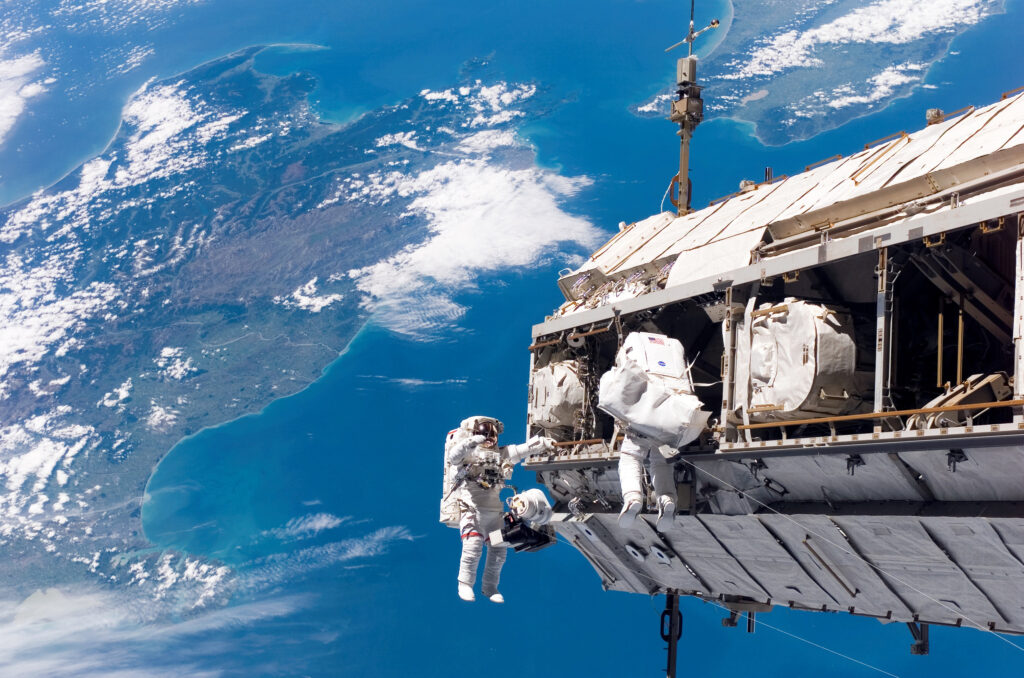This will be the second spacewalk for 2023 and the 259th overall for NASA.
According to a blog post from the space agency on Wednesday, Feb. 2, NASA astronaut Nicole Mann and Koichi Wakata of the Japan Aerospace Exploration Agency (JAXA) completed a successful spacewalk at 2:26 pm Eastern Time that lasted six hours and 41 minutes.

Cable setup for iRosas
The construction of the mounting platform on the 1A power channel, which the two astronauts had begun during a spacewalk on Jan. 20, was finished by them.
Additionally, Mann and Wakata laid up the cables needed to erect the next two Roll-Out Solar Arrays for the International Space Station (iRosas). According to NASA, these solar arrays have a small footprint and autonomous capabilities that can improve commercial and scientific missions, whether they are going into low-Earth orbit or beyond.
The roll-out of solar panels is essential in giving the International Space Station, which houses various scientific research projects, another power source. Additionally, it propels deep space missions like the Double Asteroid Redirection Test and the Power and Propulsion Element of the Gateway (DART).
Redwire Space donated the ROSA technology, but Deployable Space Systems (DDS) had initially developed it with help from NASA’s Space Technology Mission Directorate (STMD).
From the beginning of DSS’s adventure with ROSA through its development, which ultimately resulted in successful technological demos, operational mission use, and other cutting-edge future applications, STMD has been financing a portion since 2009 through STMD.
Redwire acquired DSS in 2021, furthering the integration of ROSA into both NASA and commercial missions.
An Articulating Portable Moved
In preparation for operations that might involve spacewalking chores in the future, Mann and Wakata also had to relocate an articulating portable foot restraint from the P6 truss.
New iROSAs were installed to update the station’s power channels through a series of spacewalks.
After their arrival later this year on SpaceX’s 28th commercial resupply services mission for NASA, two additional arrays will be installed on the current platforms during the following spacewalks. There have so far been four roll-out solar arrays installed in the space station.
The achievement for NASA on Thursday also represents the 259th spacewalk to help with the upkeep, construction, and improvements of the space station. Both Mann and Wakata will be participating in their second spacewalk of 2023.
Mann, wearing a suit with red stripes, was the first member of the extravehicular crew (a nod to the US flag). Wakata, who was wearing an unmarked suit, worked as extravehicular crew member 2.
The two astronauts are presently working on a six-month science mission to test cutting-edge technology and advance knowledge in preparation for human and robotic space flights like the Artemis missions of the space agency.










